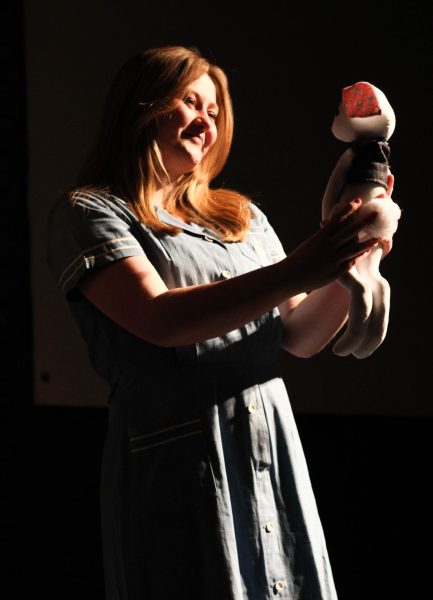Tips to Test
Everyone told her she should’ve taken it sooner. She had been calm and prepared, ready to ace the test and watch the scholarships appear.
Then she entered the testing room.
It was a large, slightly dim classroom labeled “101A,” with the testing venue “Midwestern State Univ.” written on the chalkboard.
She had never been this nervous, but there was no going back. She was showing the instructor her TI-84 calculator as 32 emotionless students stared up at her. She had already received her admission ticket, taken out her #2 pencils, placed her snacks outside the testing room, and sat down in the fifth seat on the third row. Then the test was placed on her desk.
Concluding their 2017 year, many juniors and seniors as well as some underclassmen took the ACT and the College Board SAT. Also, the freshman and sophomores will be taking the PSAT/NMSQT and PSAT 10, each designed for their grade level on February 27 and 28, 2018. As many seniors prepare for college, these test scores become important to beat out competitors for their school of choice, which is why many students decide to take the tests several times.
“The earlier you take them, the more opportunities you have to improve your score with studying.” Junior Aaron Wheat said. “If you are afraid that your college will frown upon multiple tries, think again. I think that the improvement in your scores displays dedication.”
Several students emphasize the need to take it easy on their first time around, while others prefer to prepare until test day.
“The more you practice, the less nervous you get, that’s for sure,” Senior Caleigh Studer said. “I never studied specifically for the ACT, so I had low expectations. I think I did so well because I just tried to have fun and do my best without putting any pressure on myself.”
Studer earned a perfect score of 36 on her first attempt at the ACT.
For junior Vy Phan, it is important to remember and consider the circumstances before and during the test.
“You always hear about how important test scores are as far as college applications go, but once I had taken it the first time and was able to see an official score, I felt safe in that I had something real to work from,” Phan said. “Keep in mind these scores don’t define who you are as a person.”
While each student has different methods to the way they go through these standardized tests, there are many key tips that help ease nerves.
“If you struggle with timing, try not to get stuck on a question,” Studer said. “After a minute, if a question is too tricky, just skip it and move on.”
Most students agree that cramming does more harm than good. According to a 2009 study at the University of California, Los Angeles, spacing out studying is shown to be more effective than cramming for 90% of participants.
“Remember there’s only an hour to complete 60 questions on the ACT which, if you do the math, is a minute per question,” Wheat said.
Some students prefer to complete the griddable questions at the end of the math section first, since they aren’t multiple choice. Still, it is important to answer every question, as a wrong answers doesn’t count against you.
“If you get nervous taking tests, it’s good to practice a lot ahead of time to build confidence,” Studer said. “You could also make some sort of ritual before to mentally prepare. I always bring Smart Water to tests as sort of a fun superstition.”
Phan mentioned the importance of reviewing subjects such as Geometry and Algebra II, or English I & II topics, since that is what the SAT, PSAT/NMSQT, and ACT are mainly over.
“PSAT/NMSQT is fairly similar to the actual SAT in difficulty and question type,” Phan said. “I would say that how well you do on those two tests (keep in mind the PSAT 10 is on a different scale) is a good indicator of around how you will do on the actual SAT.”
There are resources available such as Khan Academy or practice sessions after school where students can work on practice tests or simply talk to teachers.
“When you take these tests, think of them like a game with a limited number of scenarios that they can throw at you,” Wheat said. “Your only goal is to solve as many of them as possible in the allotted time given.”










